I remember early in my career being teamed with a teacher who allowed Vietnamese students to speak Vietnamese in math class, but wouldn't allow Hispanic students to speak Spanish. She insisted that the Vietnamese students were helping each other with the math while the Hispanic students were off task, even though she spoke neither language and couldn't tell. My eighth grade students told me about her practice and even labelled it as racist. They felt safe to do so because I encouraged them to use peer support and their native languages whenever they felt it would help.
I spoke up. I pointed out the inequity in her practice to her and when she dismissed my concerns, I spoke to our administrator about the practice, explaining that I thought it was racist and had a negative impact on student engagement and learning.
This was a challenge for me as a white teacher because I was working in an urban school with a high referral rate and the vast majority of classrooms had white teachers teaching students of color. In this case, because I spoke out, my colleague was asked to change the practice by an administrator. This probably served to add to some ideological friction between she and I. Still, I'd do it again in the same circumstances but my experience was that the system doesn't thank you when you speak out this way. It takes moral courage and a willingness to feel isolated.


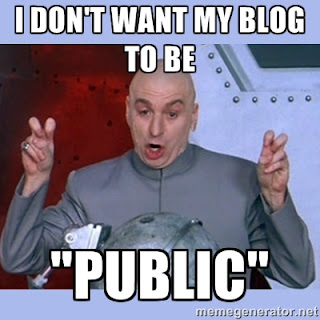
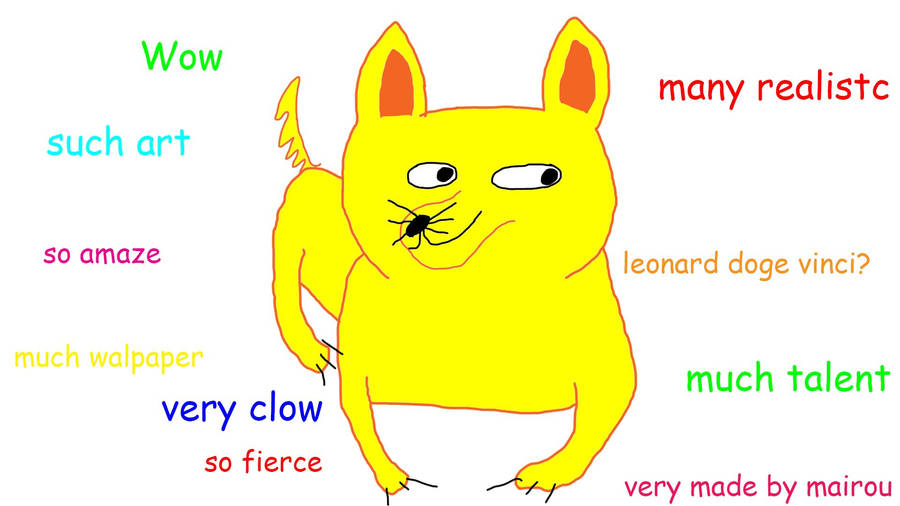


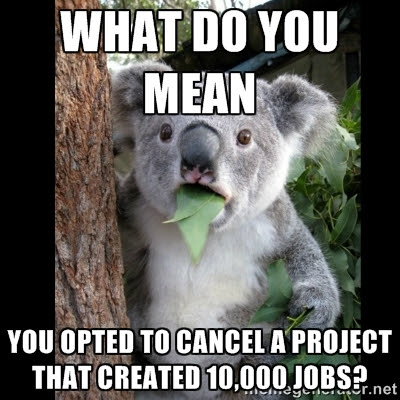
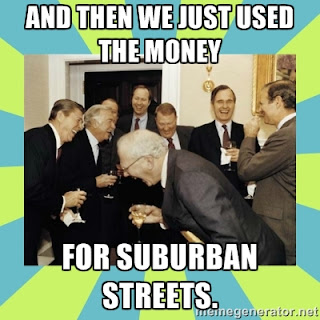


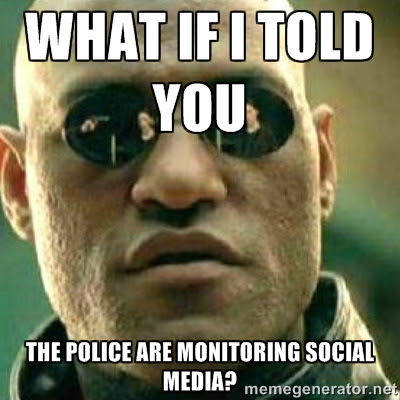





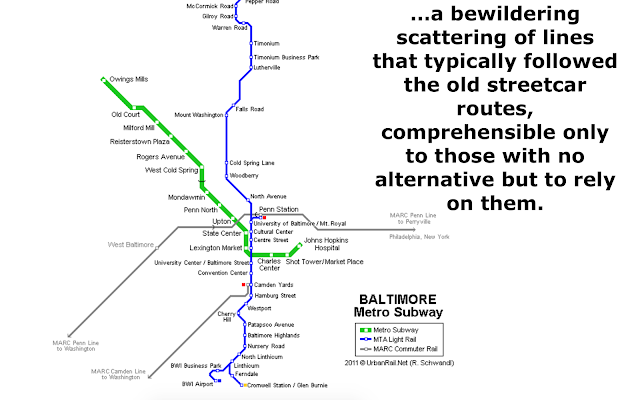
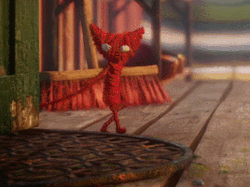
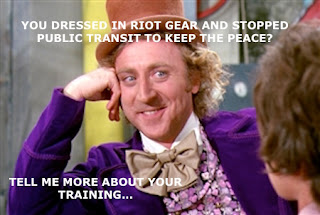



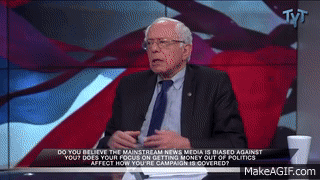


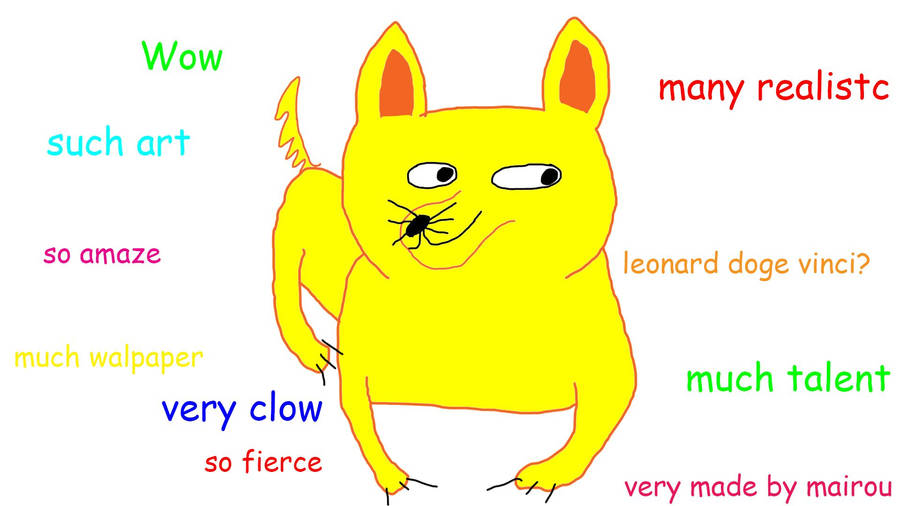

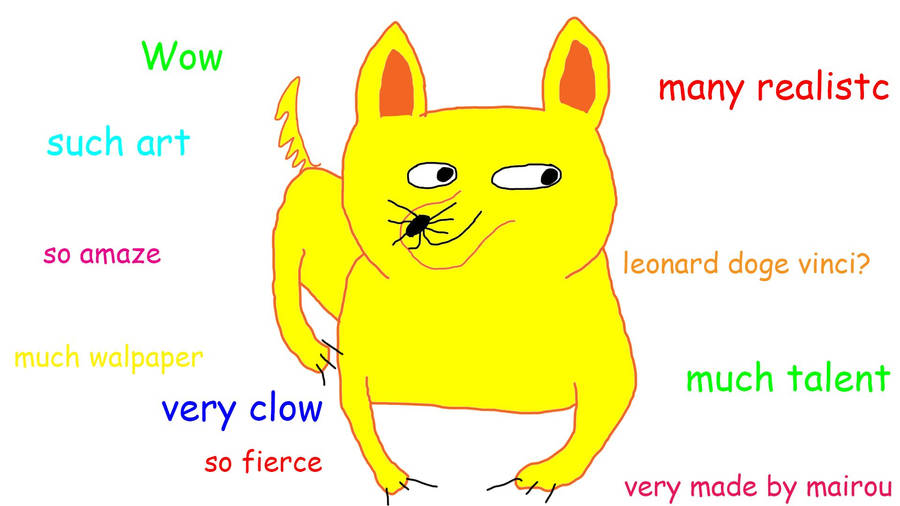



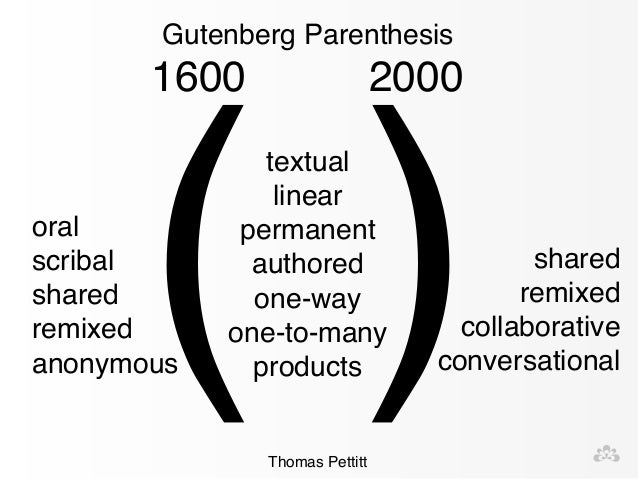
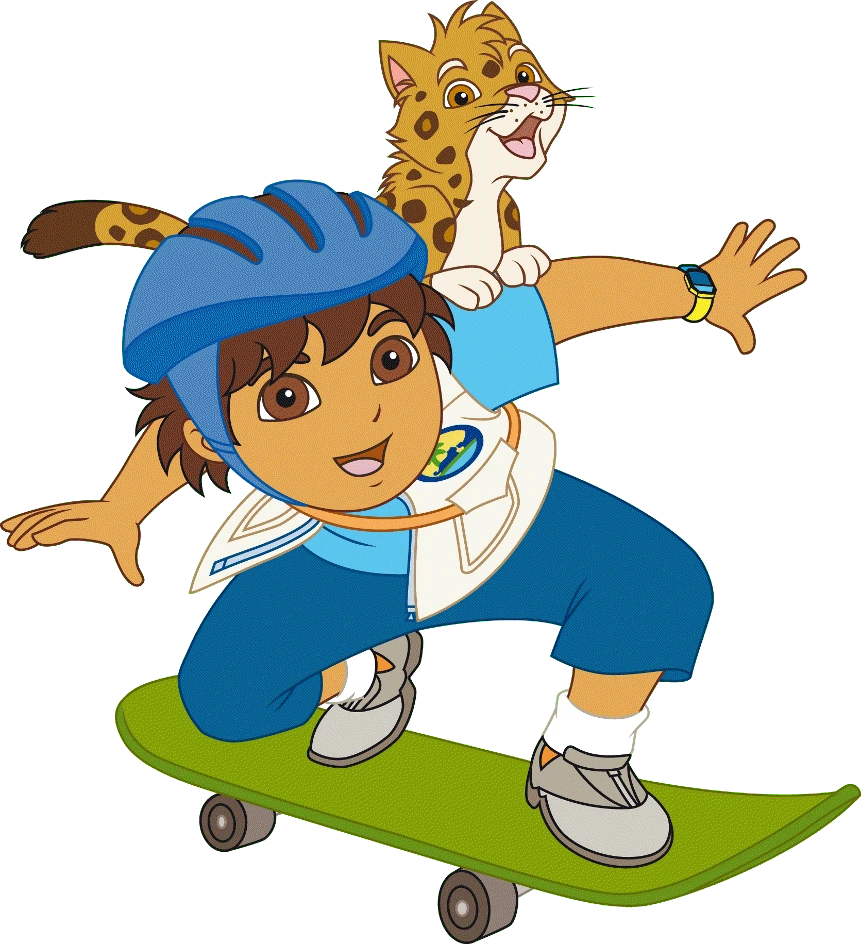
 We'll know that efforts like #dlday are having an impact when we can see authentic teacher discourse about equity and when the student work that results shines a light on promising equitable practices.
We'll know that efforts like #dlday are having an impact when we can see authentic teacher discourse about equity and when the student work that results shines a light on promising equitable practices. Sticking with that crazy analogy, Dora's friends Backpack and Map are good guys who help her in her efforts. Can we see the good guys on #dlday? In my mind, when teachers have a voice and a platform to model innovative instruction, they can advocate for useful tools (Backpack) and promising practices (Map) that might inch teaching and learning forward.
Sticking with that crazy analogy, Dora's friends Backpack and Map are good guys who help her in her efforts. Can we see the good guys on #dlday? In my mind, when teachers have a voice and a platform to model innovative instruction, they can advocate for useful tools (Backpack) and promising practices (Map) that might inch teaching and learning forward. 


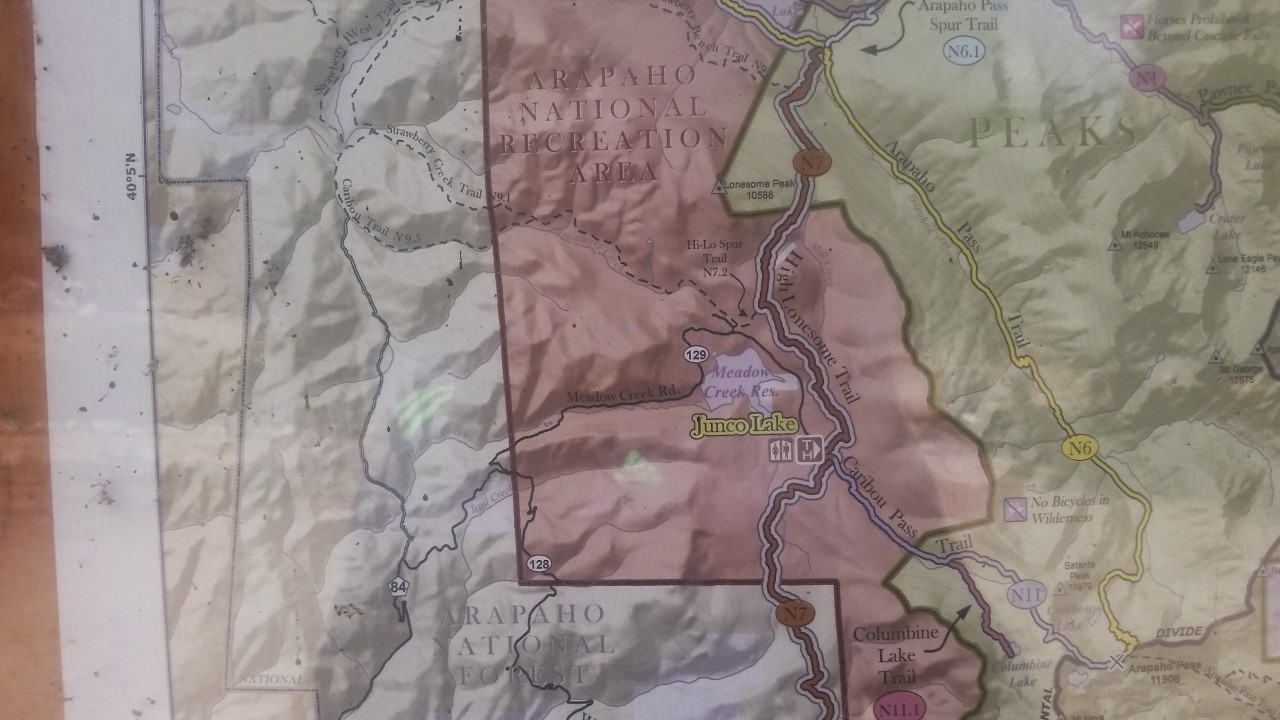
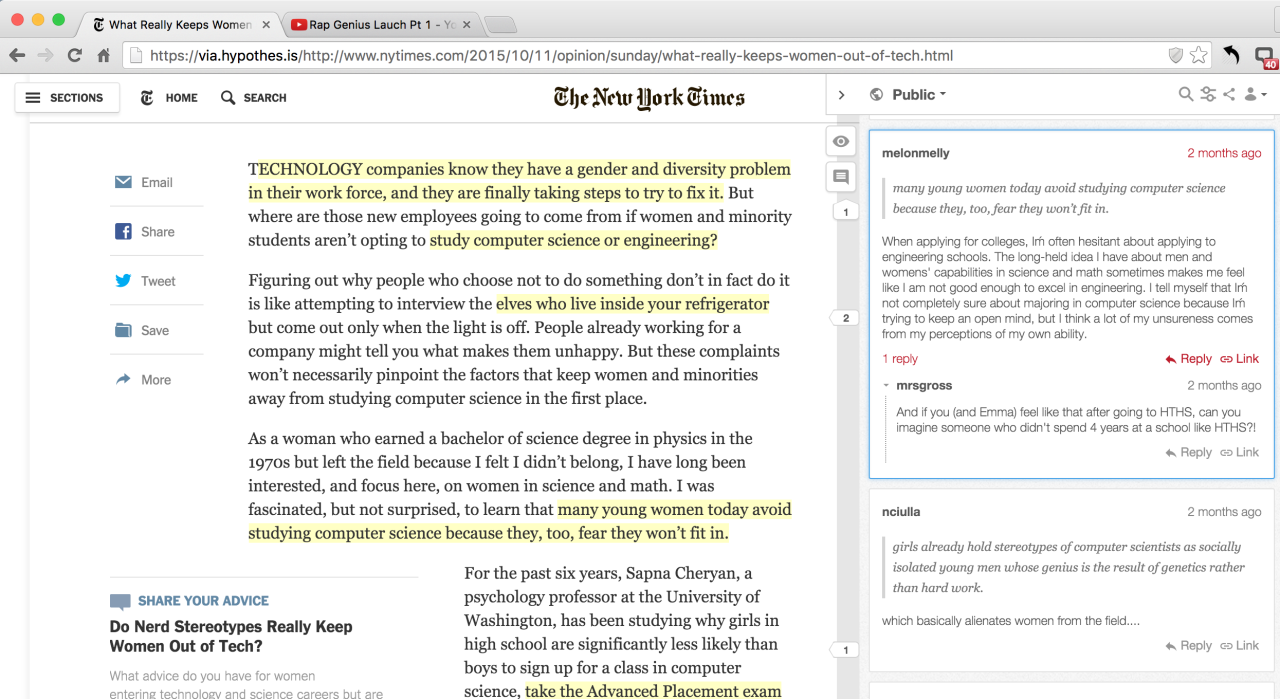 When this teacher asks her class to annotate online about an equity issue, the students are working in an environment where they might encounter public feedback and also influence public opinion.
When this teacher asks her class to annotate online about an equity issue, the students are working in an environment where they might encounter public feedback and also influence public opinion.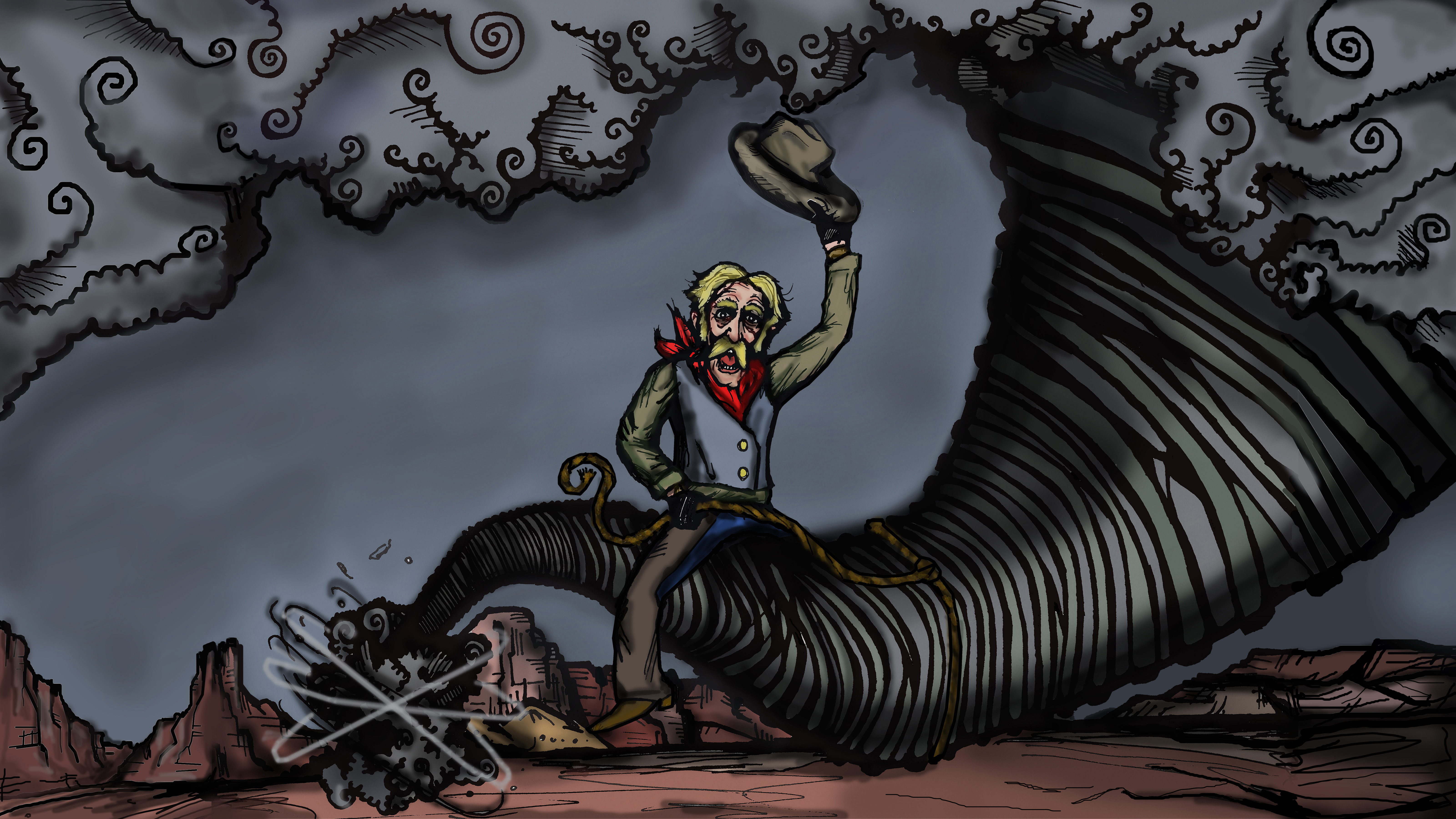 Do they live on only in the readers and writer's workshop?
Do they live on only in the readers and writer's workshop?
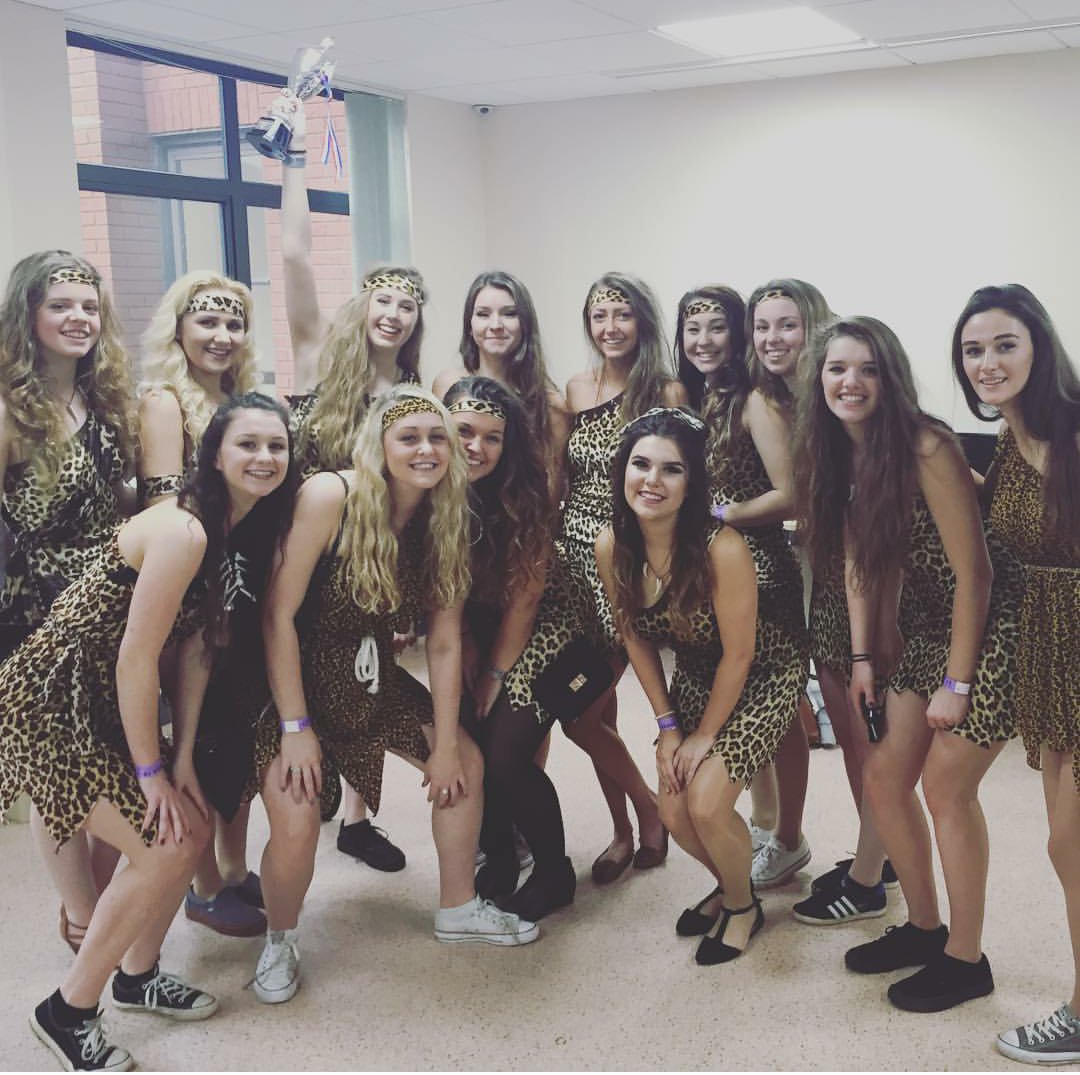


 And here's the gap she sees that she wants us to see; the leap she wants us to make. If we break from these traditional learning structures online we can unlock political and civic opportunities. First, we have to see the opportunity to detour. If we can label what we see online as a democratization of sorts, then how do our detours muster influence? How does an annotation flash mob develop political momentum?
And here's the gap she sees that she wants us to see; the leap she wants us to make. If we break from these traditional learning structures online we can unlock political and civic opportunities. First, we have to see the opportunity to detour. If we can label what we see online as a democratization of sorts, then how do our detours muster influence? How does an annotation flash mob develop political momentum?

 This reminds me of
This reminds me of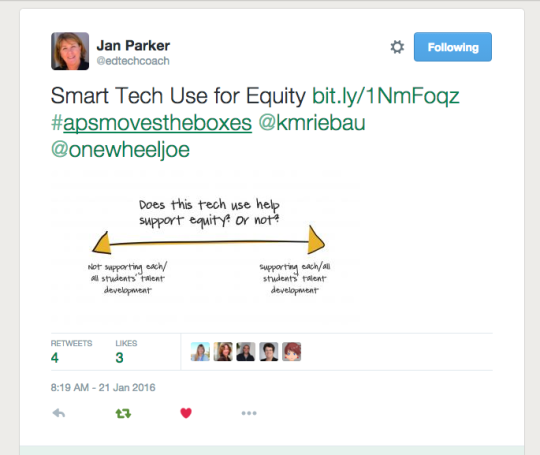
 These four steps are excerpted from MLK's Letter From a Birmingham Jail. It certainly seems that steps 1 and 2 require the use of the web and digital tools today.
These four steps are excerpted from MLK's Letter From a Birmingham Jail. It certainly seems that steps 1 and 2 require the use of the web and digital tools today.